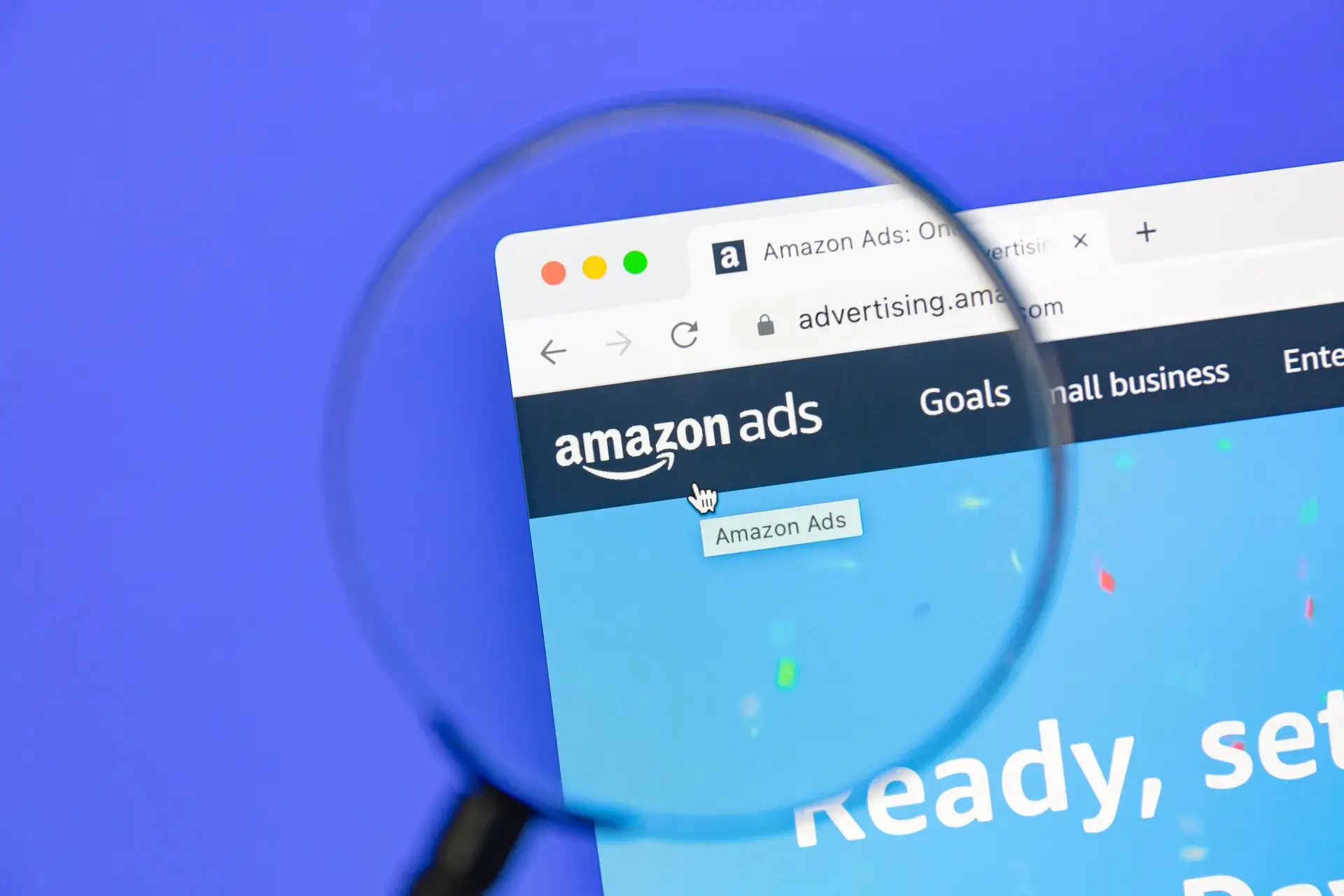Marketing segmentation is a crucial strategy that allows businesses to tailor their marketing efforts to specific groups of customers. By dividing a broad target market into subsets of consumers with common needs, preferences, or characteristics, companies can tailor their products and marketing strategies to fit each segment. In this blog post, we will explore various marketing segmentation strategies to help you maximize your marketing effectiveness and drive better results.
What is Marketing Segmentation?
Marketing segmentation is the process of dividing a market into distinct groups of buyers, each with different needs, characteristics, or behaviors. By understanding these segments, businesses can develop targeted marketing strategies that resonate with each group. The main types of market segmentation include:
- Demographic Segmentation: Dividing the market based on age, gender, income, occupation, education, or family size.
- Geographic Segmentation: Segmenting customers based on their location, such as country, region, city, or climate.
- Psychographic Segmentation: Categorizing consumers based on lifestyle, values, interests, and opinions.
- Behavioral Segmentation: Classifying consumers based on their purchasing behavior, usage rate, and brand loyalty.
Benefits of Marketing Segmentation
Effective marketing segmentation can provide several advantages to businesses:
- Increased Efficiency: By targeting specific segments, businesses can allocate resources more effectively, reaching the right audience at the right time.
- Improved Customer Engagement: Tailored messages and offers increase relevance, leading to higher engagement and conversion rates.
- Enhanced Product Development: Understanding customer segments helps in designing products that meet their specific needs.
Key Marketing Segmentation Strategies
1. Data-Driven Segmentation
Utilize data analytics tools to analyze customer behavior and preferences. Identify patterns and trends that can guide your segmentation efforts.
2. Create Customer Personas
Develop detailed customer personas for each segment, incorporating demographics, interests, and pain points. This helps in crafting targeted marketing messages that resonate with your audience.
3. Test and Optimize
Implement A/B testing for your marketing campaigns across different segments. Analyze the results and optimize your strategies based on performance data.
4. Monitor Industry Trends
Stay informed about market trends and shifts in consumer behavior. Adjust your segmentation strategies accordingly to remain relevant in a dynamic marketplace.
Conclusion
Marketing segmentation strategies are essential for businesses aiming to connect with their customers more effectively. By understanding the diverse needs and preferences of your audience, you can create campaigns that drive engagement, boost conversions, and improve customer satisfaction. At Prebo Digital, we help businesses enhance their marketing efforts through tailored strategies that align with customer needs. Ready to optimize your marketing segmentation? Contact us today!







